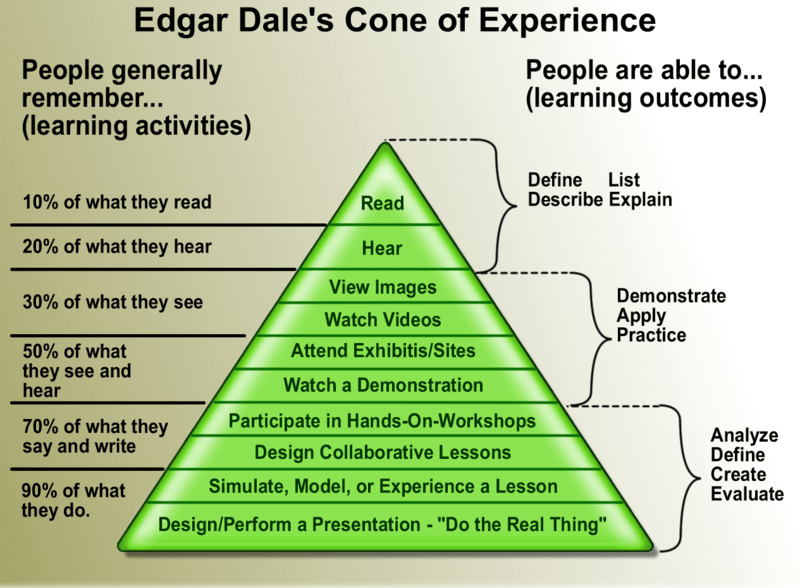The key difference between active and passive learning is that active learning approach is completely learner-centered, whereas passive learning approach is teacher-centered, in which learners become passive recipients.
In an active learning environment, students actively engage in the course materials with different active learning modes such as discussions, case studies, role plays, group activities, and experimental learning. In a passive learning setting, the teacher or the instructor plays the main role in the teaching/learning process, and learners are mere recipients. Both active and passive learning approaches have been adapted in the second language teaching and learning process.
Key Takeaways
- Active learning is a learner-centered approach where students actively engage in various learning activities, while passive learning is a teacher-centered approach where learners only receive knowledge from the instructor.
- Active learning encourages higher-order thinking skills and interactive learning sessions, whereas passive learning promotes receptive skills like listening and reading with a traditional and monotonous learning environment.
- In an active learning environment, the teacher or instructor acts as a facilitator, while in a passive learning environment, the teacher or instructor plays a more dominant role in the teaching/learning process.
What is Active Learning?
The active learning approach encourages dynamic interaction and participation of the learners in the classroom. The students actively engage in the learning process by taking part in many classroom activities. It is not that the teacher or the instructor does not involve in the teaching process entirely, but they provide partial contribution in an active learning environment. Hence, the teacher or the instructor acts just as a facilitator while providing guidance where necessary for the learners. The active learning approach deviates the learners from the traditional teaching and learning method. Simultaneously, it breaks the monotonous learning environment in the classroom while creating dynamic and interactive learning sessions for the learners.
What is Passive Learning?
The passive learning approach is a traditional learning method where the teacher or instructor plays an active role in the teaching process in providing knowledge for the learners. The learner’s role in the passive learning setting will remain merely as recipients.
Passive learning mostly promotes receptive skills like listening and reading. But productive skills are not much developed since the role of the learners is submissive in the class. As a result, the students have less opportunity to receive the learning experience. Though learners receive plenty of knowledge, they are not assessed in the learning process.
What is the Difference Between Active and Passive Learning?
Active learning includes many interactive sessions, whereas passive learning focuses only on the absorption of knowledge. In an active learning environment, the learners play a dynamic role in engaging with different learning activities. They receive the learning experience as well as the opportunity to implement what they learn in the class. The teacher or instructor just provides the guidance when necessary. Although learners show dynamic participation in an active learning environment, teachers or instructors play a dynamic role in the passive learning environment. So, this is the key difference between active and passive learning.
Moreover, the learners’ role is restricted only to listening, reading, and absorption of knowledge provided by teachers or instructors. Though an active learning setting consists of many interactive as well as innovative learning activities, which give effective benefits for learners, the learning environment in the passive learning approach holds a traditional and monotonous style. The other difference between active and passive learning is that active learning encourages higher-order thinking skills, whereas passive learning only allows students to acquire the knowledge provided.
Summary – Active Learning vs Passive Learning
Active learning is an interactive learning style that is practiced by learners in the second language learning environment. The learners engage in the learning process interactively while involving in many class activities. Passive learning is a learning style where learners submissively take part in the learning process without participating in interactive class activities. The key difference between active learning and passive learning is that active learning is a learner-centered learning approach while passive learning is a teacher-centered learning style.
Reference:
1. “Active Learning.” Queen’s University.
2. “What Is Active Learning?” CRLT, University of Michigan.
3. “What Is Passive Learning.” IGI Global.
Image Courtesy:1. “Cone of learning export 11×17“(CC BY-SA 3.0) via Commons Wikimedia2. “Active learning – jigsaw map of Southeast Asia” By Blue Plover – Own work (CC BY-SA 3.0) via Commons Wikimedia
